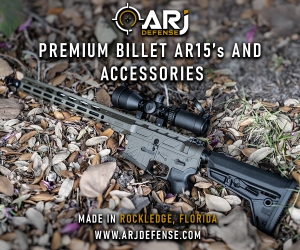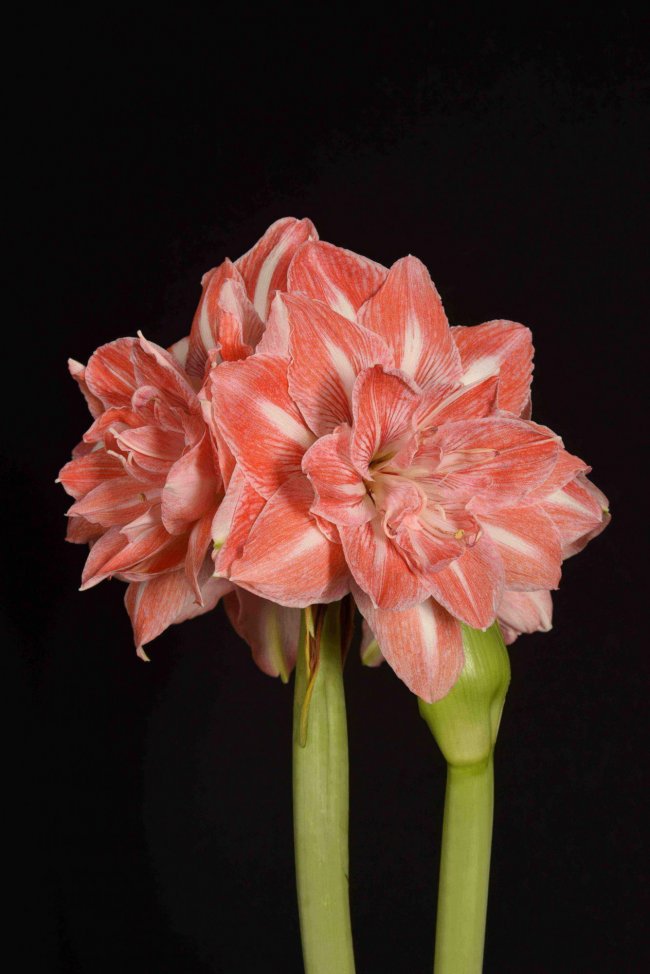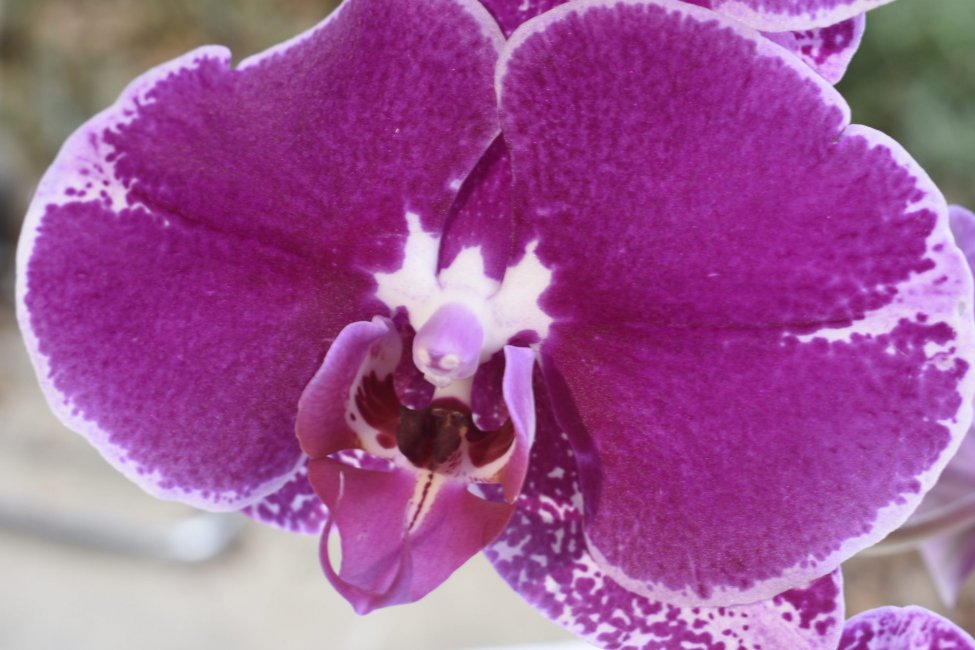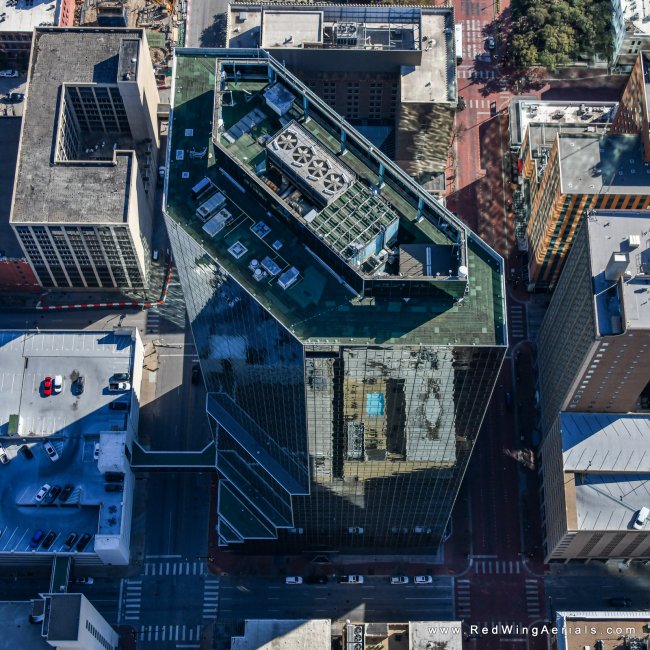This was with a 24-70 zoom at 48mm f11 and 1/200 sec flash from 45 degrees with a reflector for fill. This my be more what you want.
By the way, I have a 40mm DX f2.8 Nikkor macro lens with hood and a B+W Haze filter that could be yours for $120.00
You bought the Z50 right? You would need the FTZ adapter.
By the way, I have a 40mm DX f2.8 Nikkor macro lens with hood and a B+W Haze filter that could be yours for $120.00
You bought the Z50 right? You would need the FTZ adapter.









